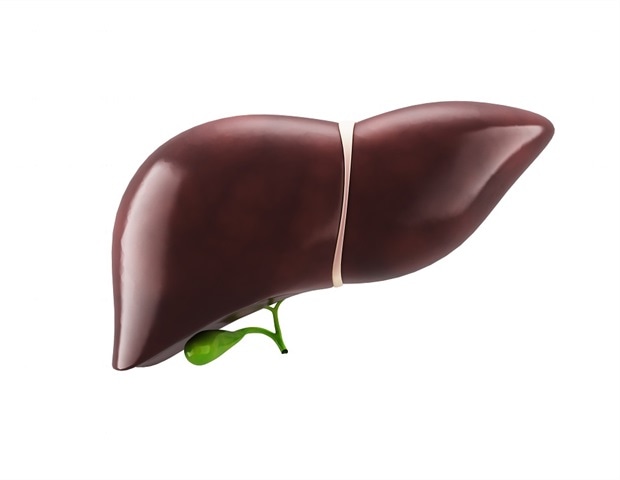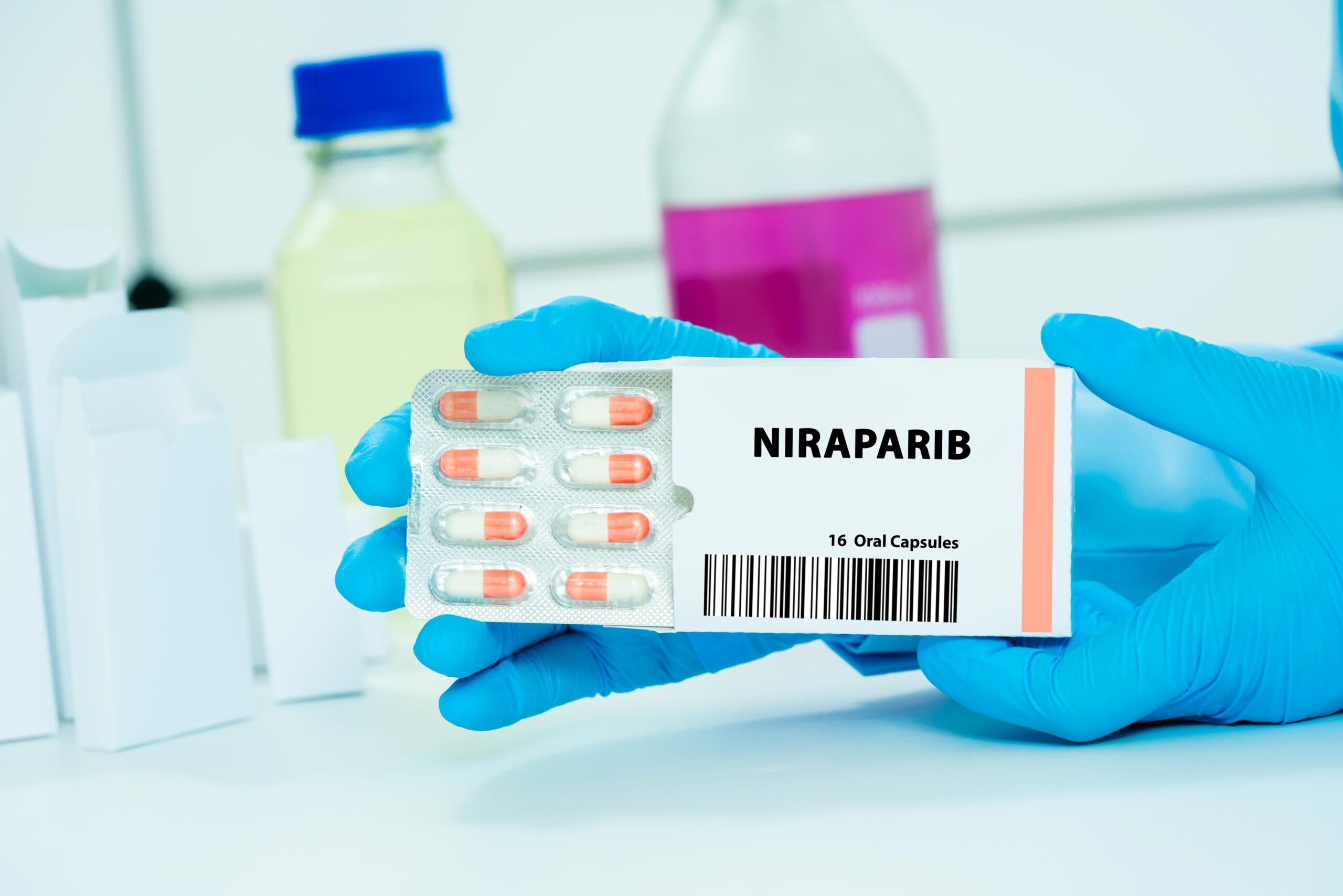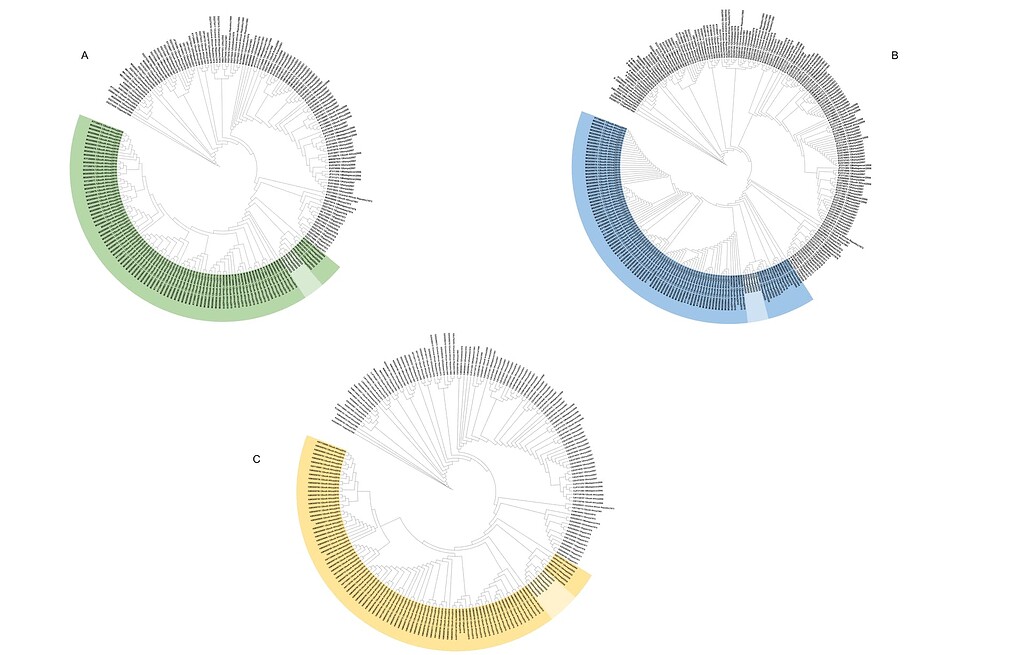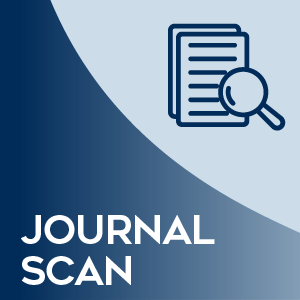This request seems a bit unusual, so we need to confirm that you’re human. Please press and hold the button until it turns completely green. Thank you for your cooperation!
Reuters The Ebola outbreak in the Democratic Republic of the Congo shows signs of containment, with no new confirmed or probable cases since the World Health Organization’s last update on October…







